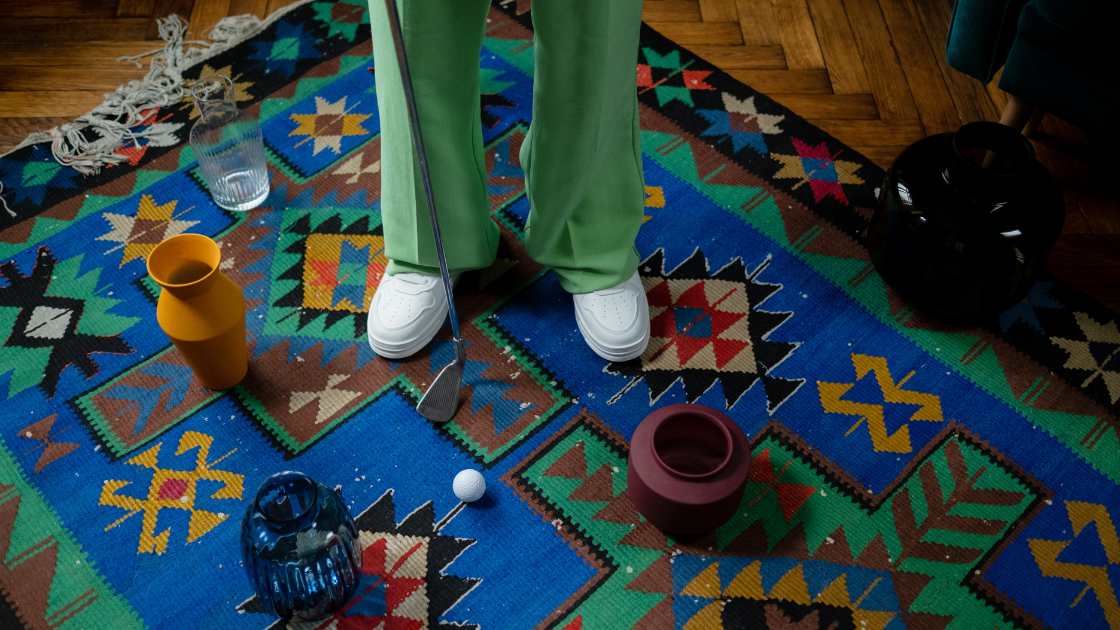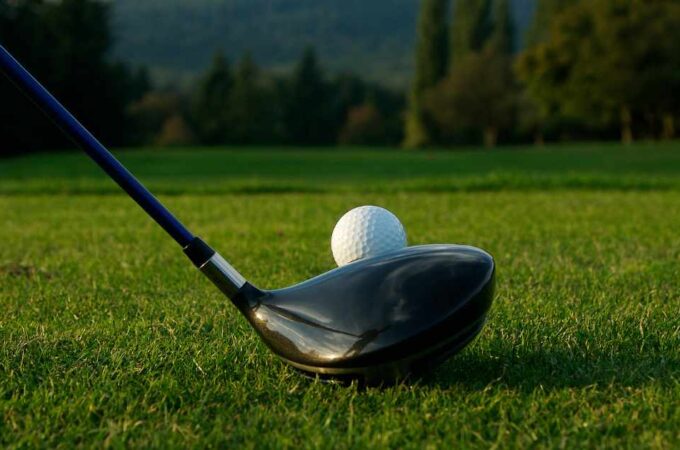
How to Bend Golf Club Lie Angle at Home: Mastering the Art of Customization
When it comes to golf, precision is the name of the game. Every detail, from your grip to your swing, can significantly impact your performance on the green. One often overlooked factor that can greatly influence your shots is the lie angle of your golf clubs. A proper lie angle ensures that the club’s sole rests perfectly on the ground at impact, allowing for accurate shots and improved ball flight. While golf stores and club fitters offer lie angle adjustments, why not take matters into your own hands? In this guide, we’ll walk you through the process of bending golf club lie angles in the comfort of your own home, giving you the power to fine-tune your equipment to perfection.
Table of Contents
ToggleThere are 6 Process to Bending Golf Club Lie Angle at Home
Understanding Lie Angle: The Foundation of Accuracy
Before you embark on your journey of club customization, it’s crucial to grasp the concept of lie angle. The lie angle refers to the angle between the club’s shaft and the sole, when the club is placed on a flat surface. An incorrect lie angle can lead to mishits, slices, hooks, and inconsistent ball striking. By adjusting the lie angle to suit your swing, body posture, and height, you’re setting the stage for improved shots and lower scores.
Tools of the Trade: What You’ll Need
Bending golf club lie angles requires a few specialized tools that are readily available online or at golf equipment stores. These include a bending bar, a vice clamp, a loft and lie machine (or a lie board), and protective materials like rubber tubing and cloth. These tools ensure that you can make precise adjustments without damaging your clubs.
Safety First: Precautions and Preparation
Before you start tinkering with your clubs, it’s essential to take safety precautions. Ensure that you have a secure workspace with ample lighting. Use protective gloves to shield your hands, as bending metal can be strenuous. Additionally, cover the clubhead and shaft with cloth or masking tape to prevent scratching during the bending process.
The Bending Process: Step-by-Step Guide
Securing the Club –
Insert the club into the vice clamp, gripping the shaft firmly while leaving the clubhead exposed. Make sure the clubface is square to the ground.
Marking the Club –
Apply a small mark on the clubhead’s sole, indicating the exact spot where it touches the ground.
Bending the Club –
Gently use the bending bar to apply pressure to the hosel of the clubhead. Gradually increase the pressure while keeping an eye on the lie angle. Most clubs require only a few degrees of adjustment, so proceed with caution.
Checking the Angle –
Place the club on the lie board or loft and lie machine to check the lie angle. The mark you made on the sole should now match the center of the lie board indicator or align with the desired lie angle on the machine.
Test and Refine: Fine-Tuning Your Clubs
After adjusting the lie angle, take your club to the driving range to test its performance. Observe how the ball behaves and note any improvements or changes in your shots. Keep in mind that minor adjustments can have a significant impact, so don’t hesitate to make further refinements if needed.
Seek Professional Guidance
While bending lie angles at home can be rewarding, it’s important to acknowledge that club fitting professionals possess expertise and specialized equipment for precise adjustments. If you find the process daunting or want optimal results, consulting a professional club fitter is a wise decision.
FAQs
Can I really bend golf club lie angles at home without damaging my clubs?
Yes, you can adjust golf club lie angles at home, but it requires the right tools, techniques, and caution. Using a bending bar, vice clamp, and protective materials, you can make controlled adjustments to the lie angle. By following proper procedures and taking safety precautions, you can avoid damaging your clubs while achieving personalized improvements to your golf game.
How do I know if my golf clubs need lie angle adjustments?
Golf clubs may need lie angle adjustments if you consistently experience shots veering off target, such as hooks or slices, despite correct grip and swing techniques. Additionally, if the club’s sole doesn’t sit flush on the ground at impact, it could indicate an incorrect lie angle. Performing a simple lie angle test on a lie board or a loft and lie machine can help you identify whether adjustments are needed.
What if I’m not confident in bending lie angles myself?
If you’re unsure about bending lie angles at home, it’s a good idea to seek professional assistance. Professional club fitters possess expertise, specialized tools, and experience to make precise adjustments that cater to your specific swing characteristics. They can analyze your swing dynamics and body posture to recommend the optimal lie angle adjustments, ensuring the best possible results for your golf game.
Conclusion
Mastering the art of bending golf club lie angles at home empowers you to customize your equipment according to your unique swing and body mechanics. With a solid understanding of the process and the right tools, you can unlock hidden potential in your shots and achieve greater accuracy on the golf course. Remember, a well-adjusted club is your trusted ally in the pursuit of a lower handicap, so don’t hesitate to explore the world of DIY lie angle customization and take your golf game to new heights.

